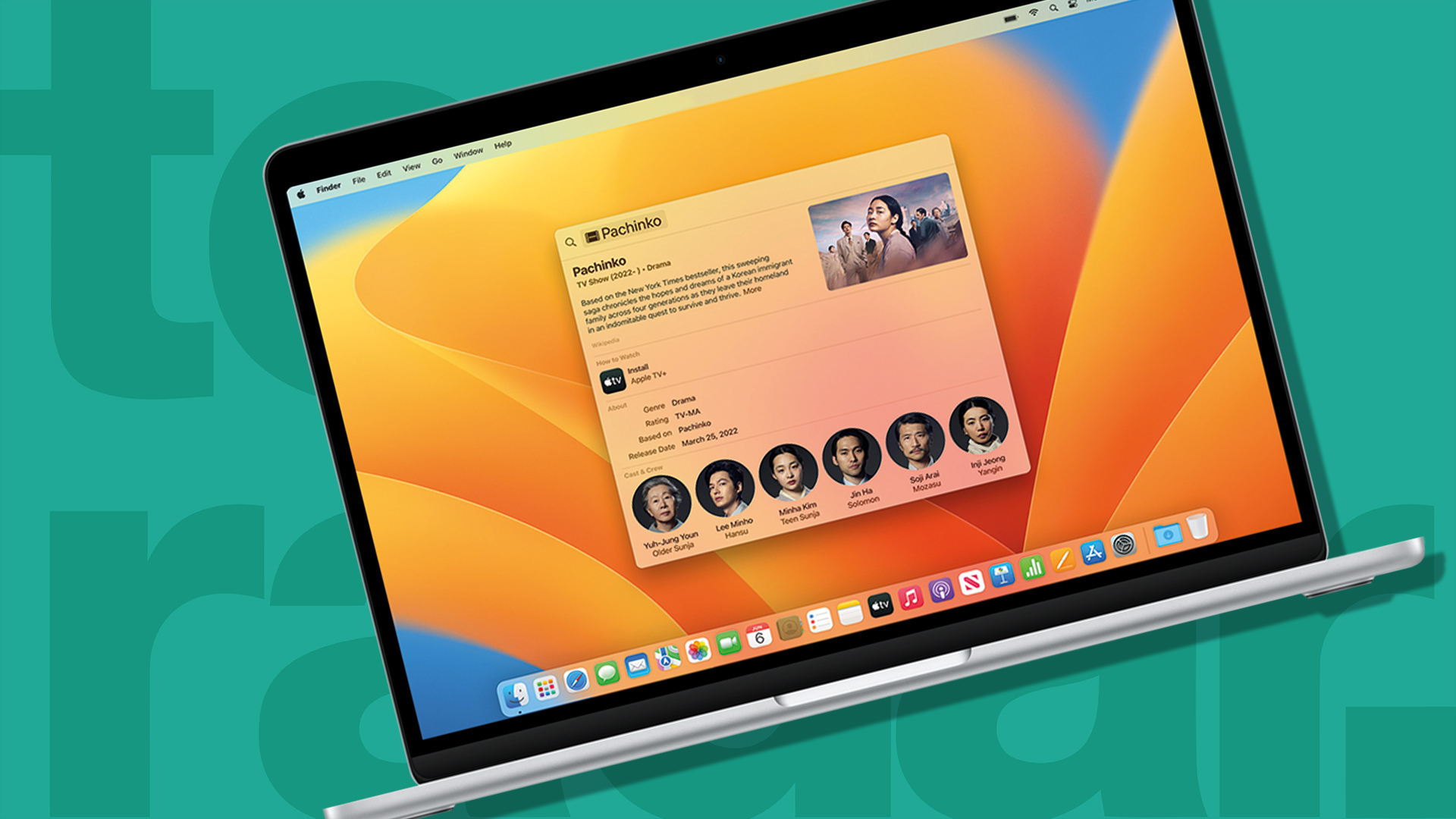The best laptops of 2025 in New Zealand: we compare the top models on offer
It's time to upgrade to a powerful and portable machine
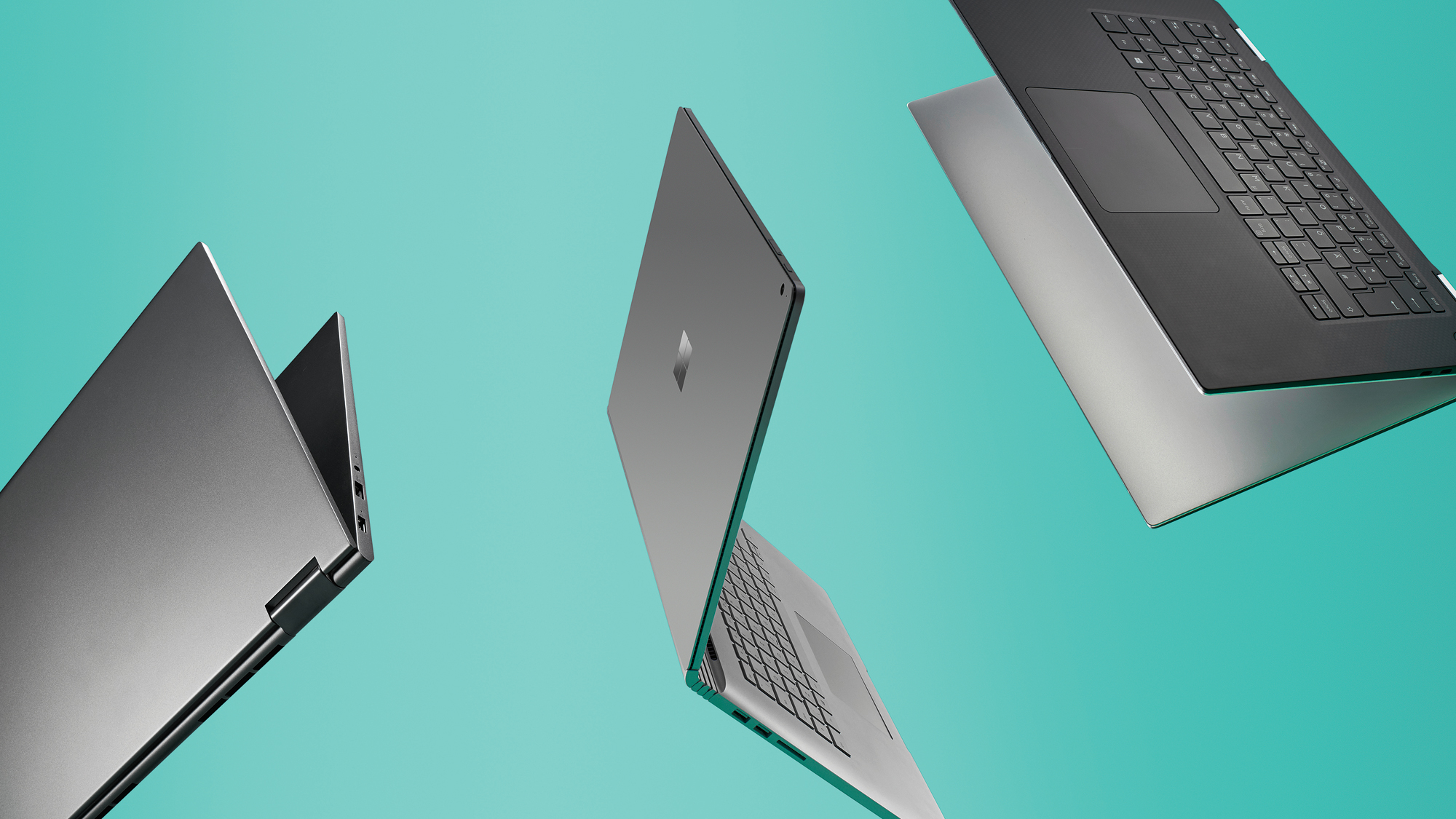
Whether you’re moving from a desktop to something more portable, eyeing an all-in-one gaming powerhouse, or just upgrading your current laptop, now is the perfect time to explore the best laptops available.
At TechRadar, we review the latest and greatest notebooks, ultrabooks, and 2-in-1s, giving us the advantage of thoroughly assessing their strengths and weaknesses.
Apple has been making waves with its series chipsets (including the launch of the M5 powered MacBook Pro), giving the MacBook Air and MacBook Pro a significant edge over competitors using Intel CPUs. However, the arrival of Qualcomm’s Snapdragon processors and new options from AMD has brought impressive performance and efficiency to Windows laptops, levelling the playing field.
If you’re looking for a budget-friendly option, Chromebooks are an excellent choice for casual browsing and on-the-go document editing.
Not sure where to start? Scroll down to our handy buying guide to help you decide – are you after a gaming rig or a versatile, affordable all-rounder?

Lindsay is a long-serving contributor to TechRadar, handling testing and reviews for a wide range of products. He especially loves to benchmark the latest laptops, but also can't resist testing the best power banks and all things charging related.
The quick list
Want to cut to the chase and find out what the best laptops are? Below, you’ll find a roundup of our choices, and you can jump to a more detailed review of every pick, along with our price comparison tool to help you find the best deals.
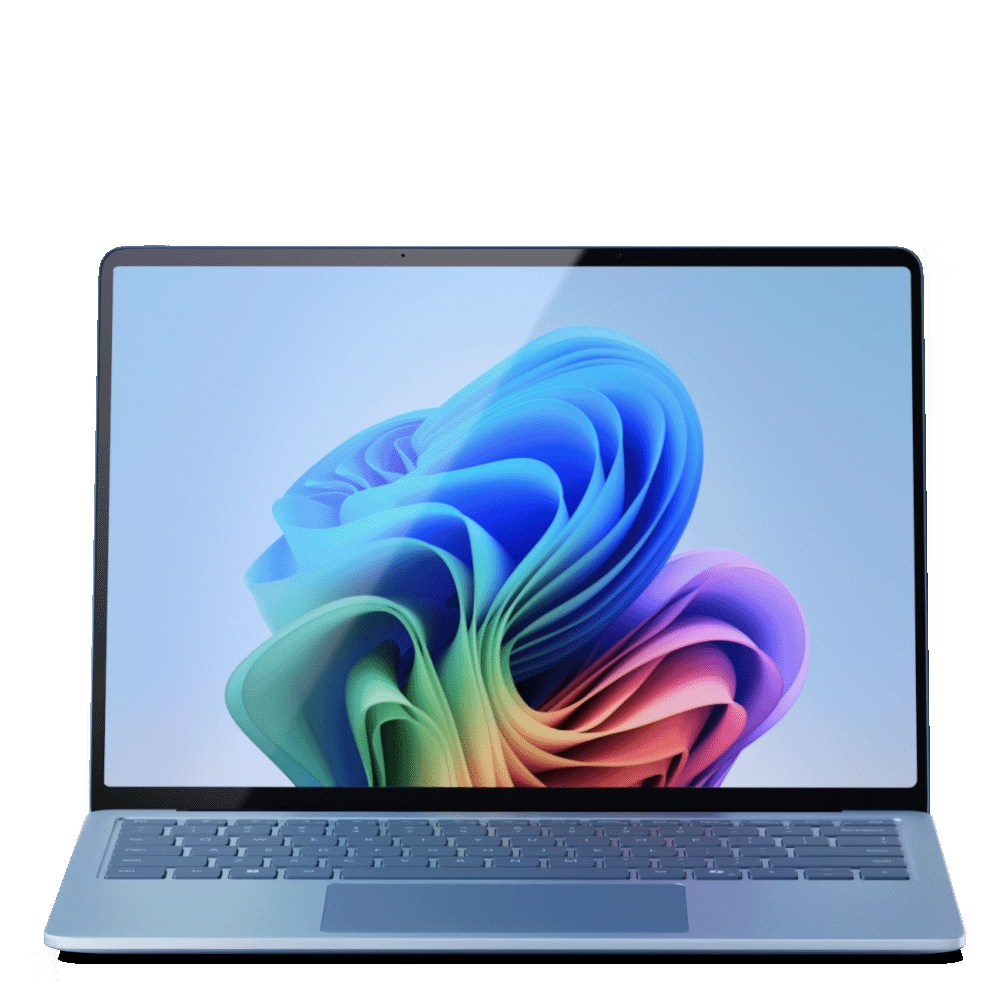
The best laptop overall
Microsoft has come out swinging, and the latest Surface Laptop is one of the best laptops we have tested, with proper all-day battery life, plus oodles of performance when needed.
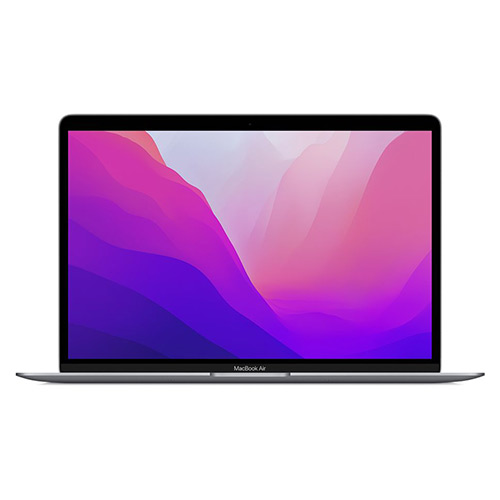
The best value MacBook
The MacBook Air M4 has the same slim design and great battery life of the previous models, making it one of the most appealing choices for those in the Apple ecosystem.

The best budget gaming machine
The HP Victus 15 is a basic machine but the RTX 4060 variant offers impressive gaming performance at an affordable price.
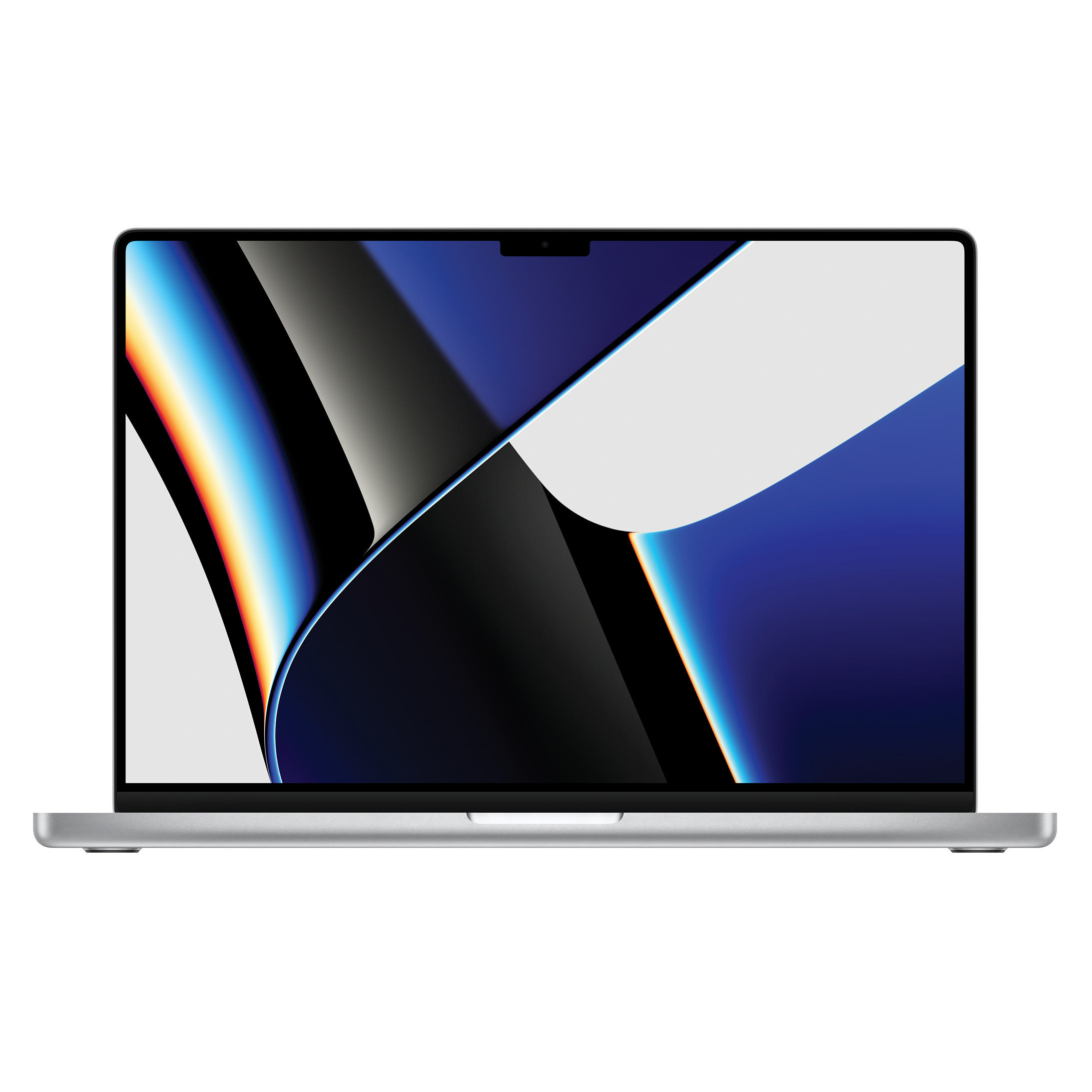
The best creative workstation
Excellent battery life during and the ability to handle intensive workloads make the MacBook Pro a solid choice for creative professionals.

The best 2-in-1
The HP OmniBook Ultra Flip 14 features a powerful Intel ultra CPU, plus has a fold back OLED touchscreen (plus a stylus) that enables writing and drawing onto the display.

The best OLED display laptop
If you’re happy to spend a little more for all the latest tech then the Dell XPS 13 is jam-packed full of premium features, plus the latest Intel and Qualcomm CPUs.
Load the next 4 products...

The best premium gaming machine
With a powerful Intel Ultra 9 CPU, up to 64GB of RAM and from an RTX 5070 Ti to a RTX 5090, the Legion Pro 7i is one of the best gaming laptops around.
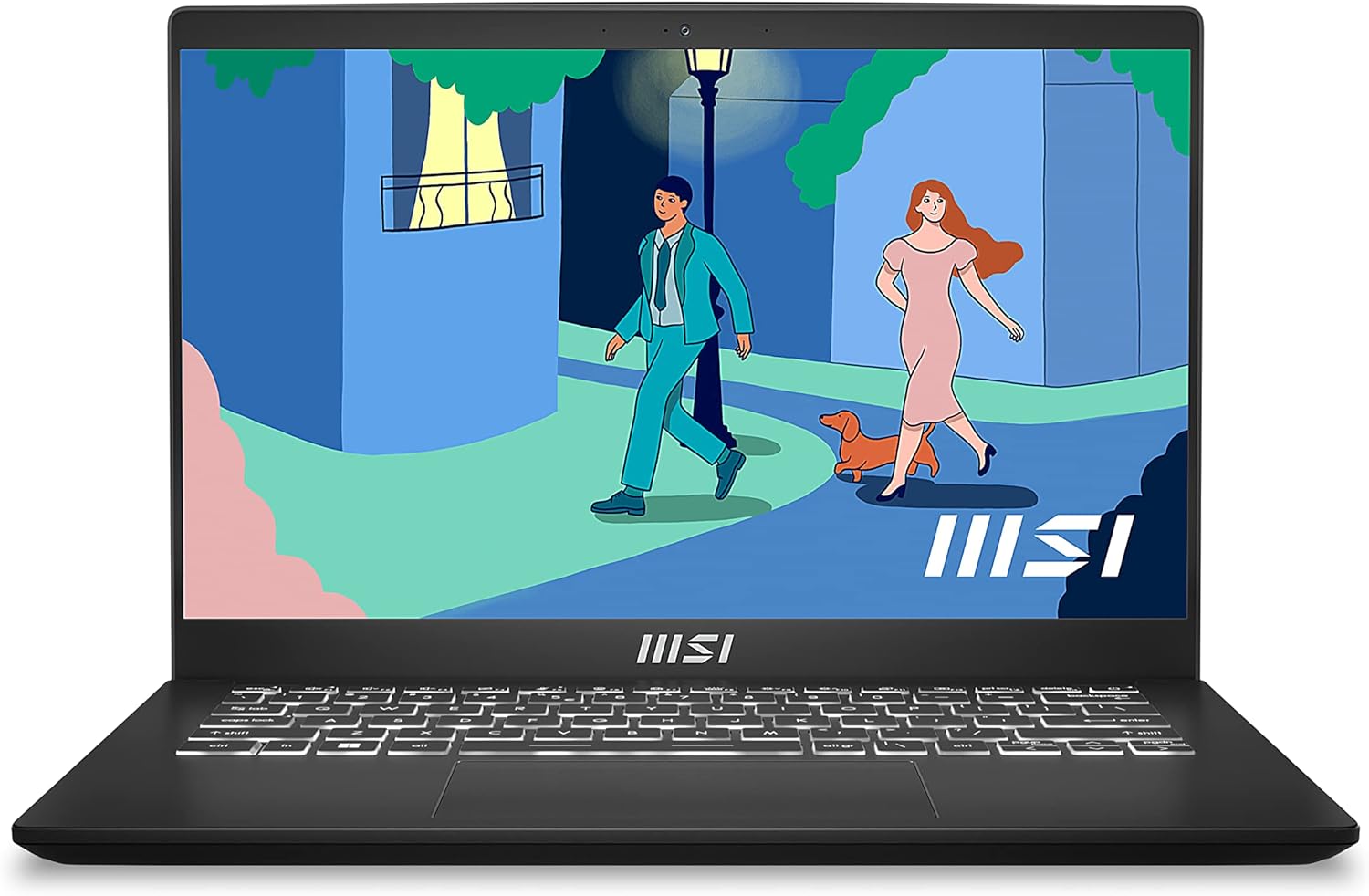
The no-frills Ultrabook
The MSI Modern 14 is lightweight, offers an above average Intel processor and fast storage in a price range that is a little more affordable than other slim machines.
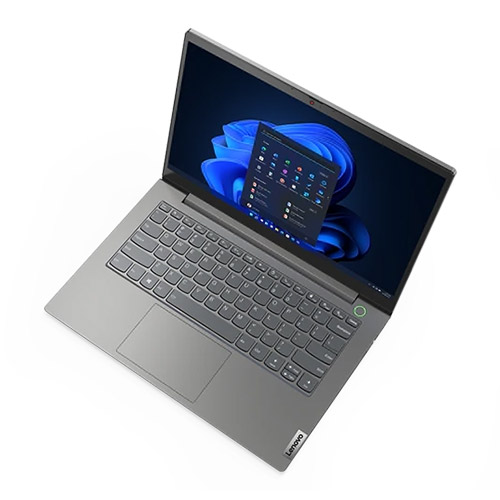
The best laptop for students
While the MacBook Air is great for schools that embrace Apple, for Windows use, the Lenovo ThinkBook T14 is an affordable yet robust and capable laptop that is well suited to school and Uni use.
Best laptops in New Zealand 2025
Why you can trust TechRadar
The best laptop overall
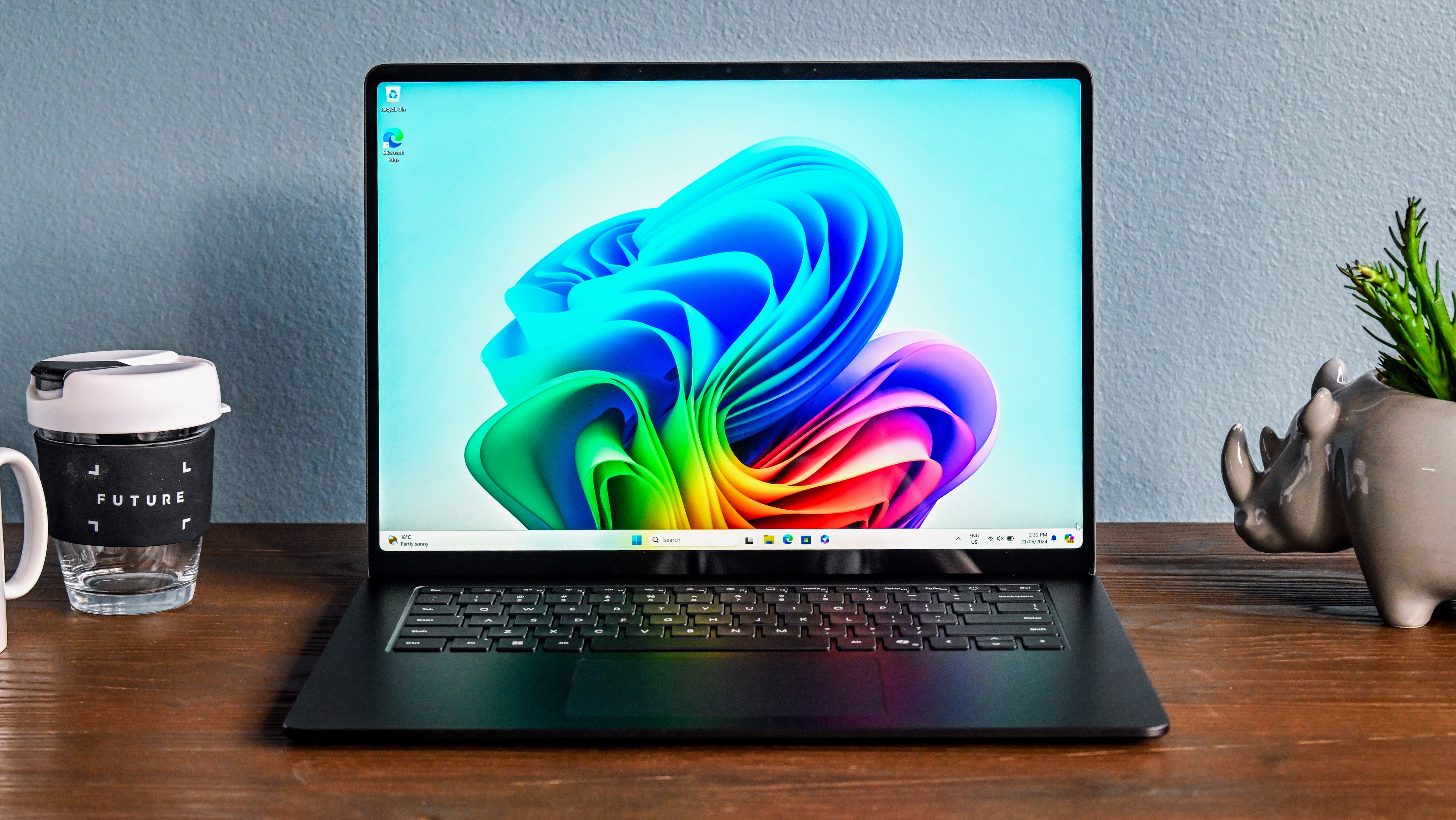

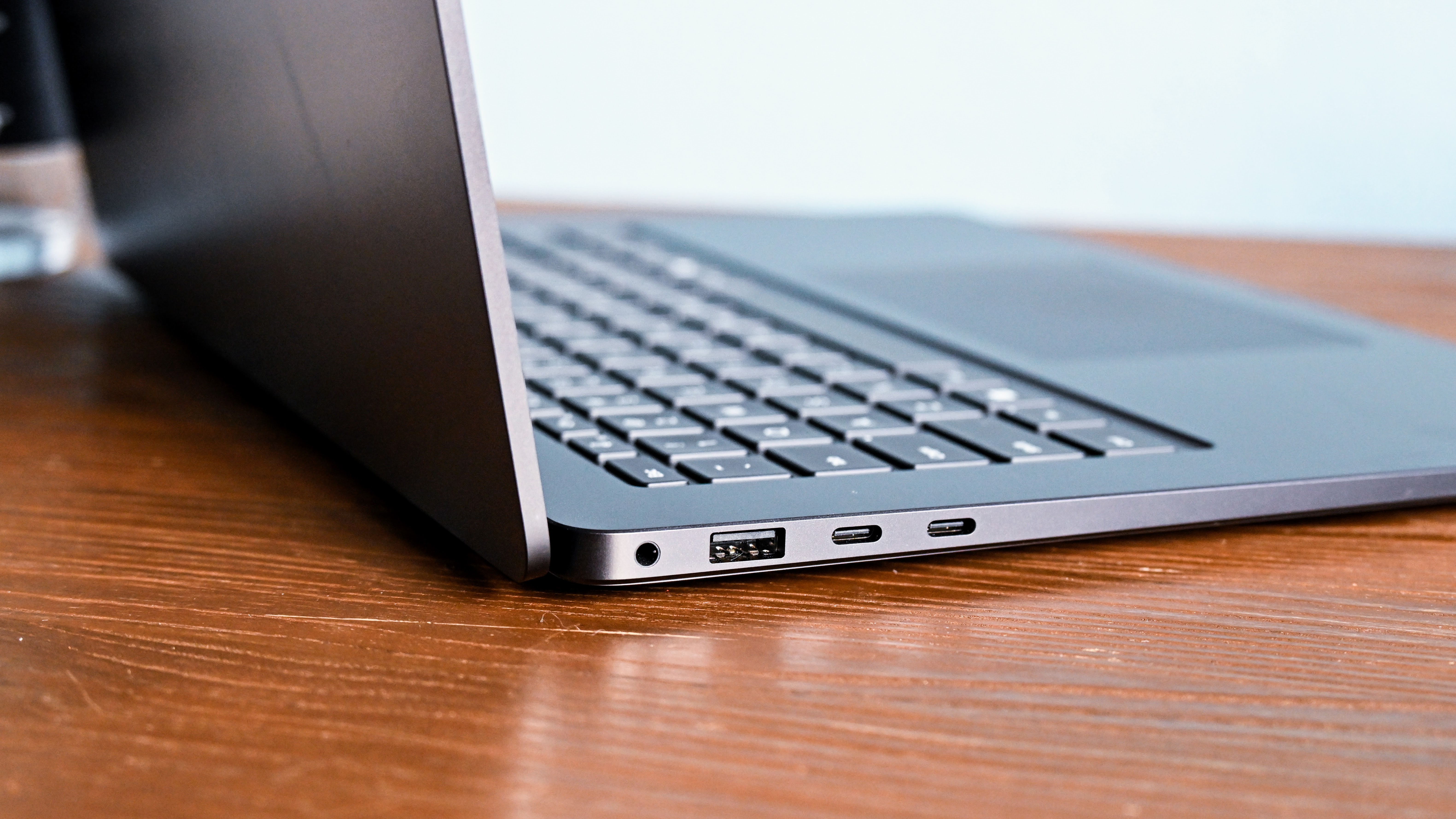

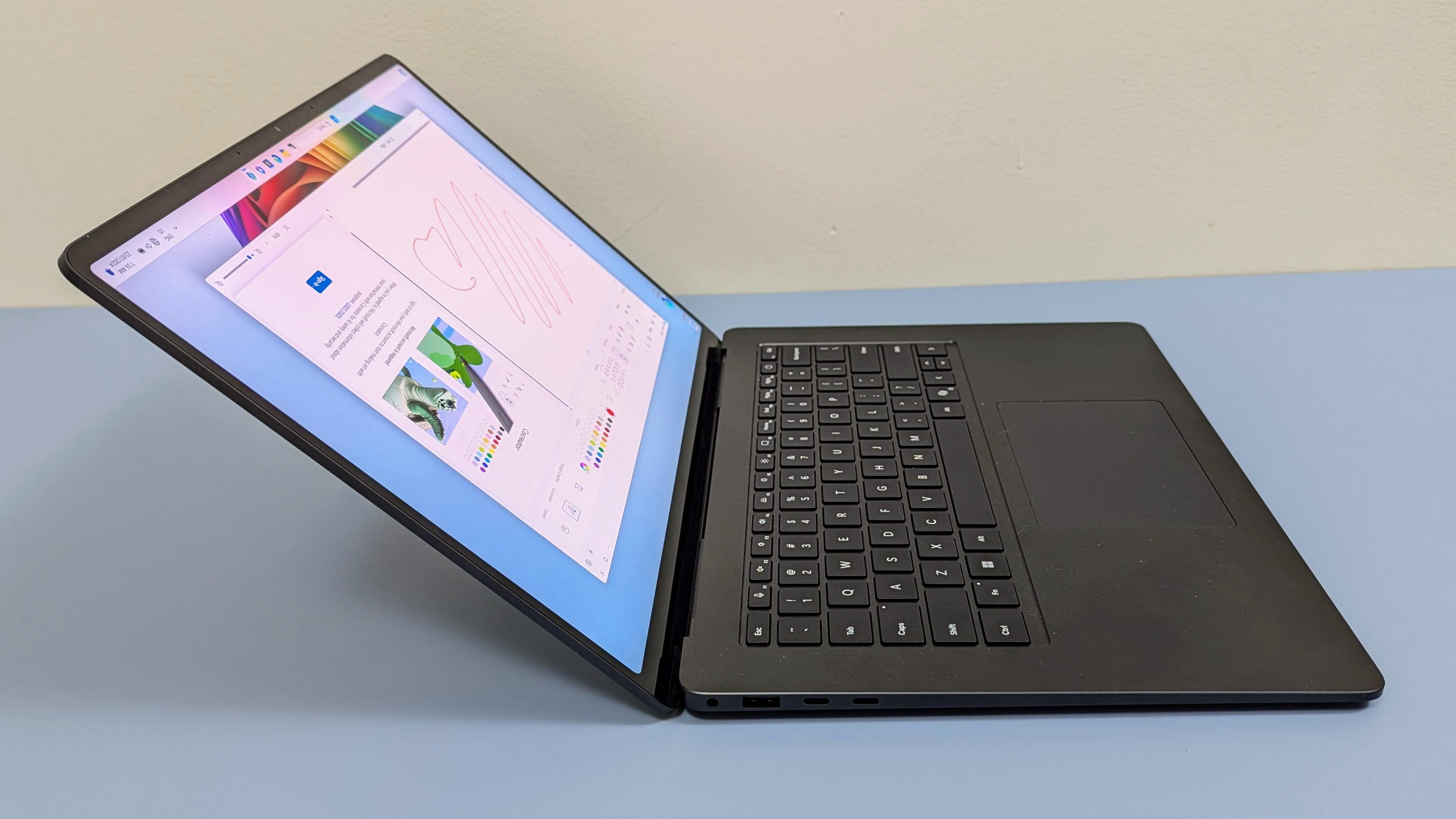
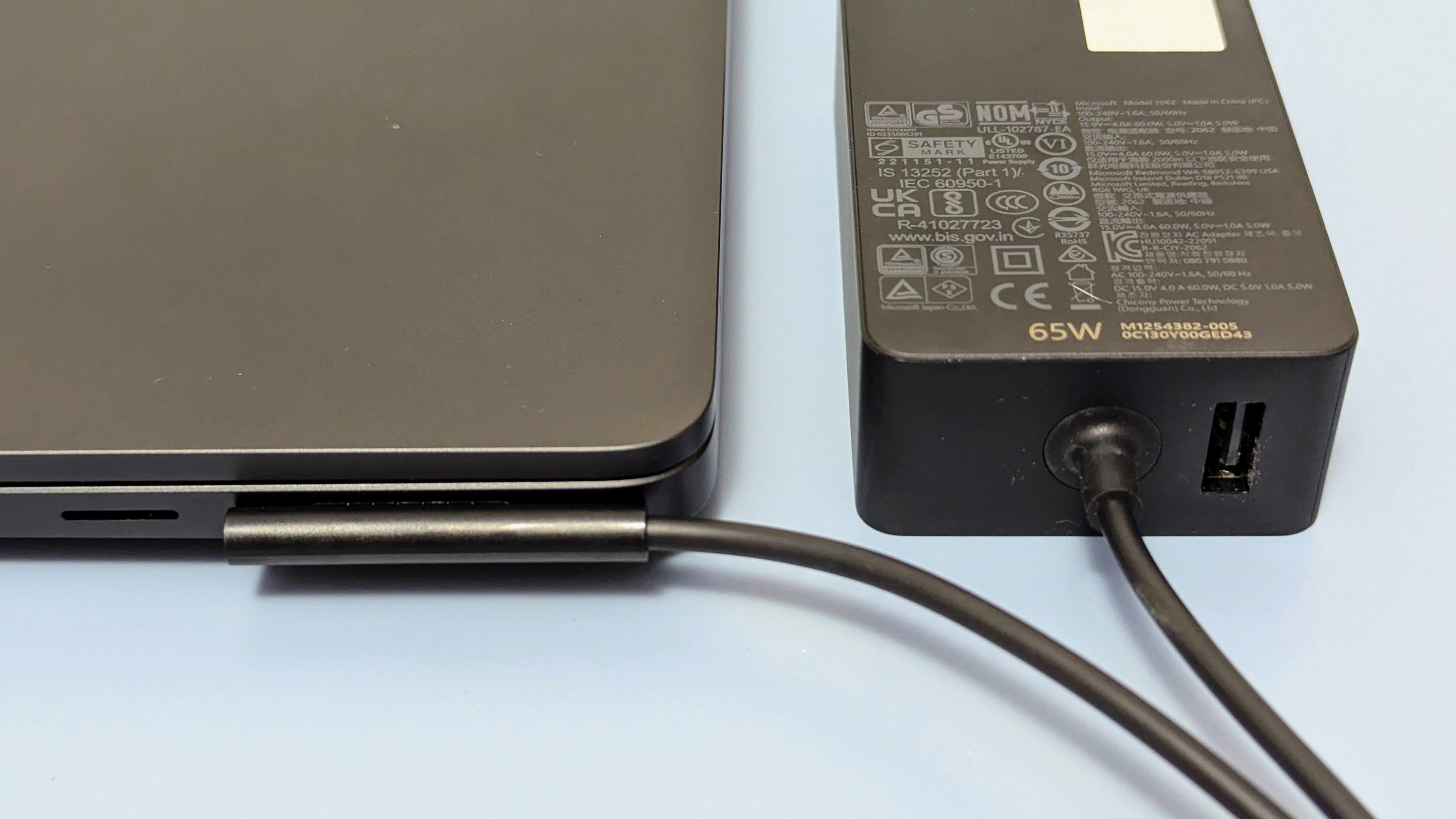
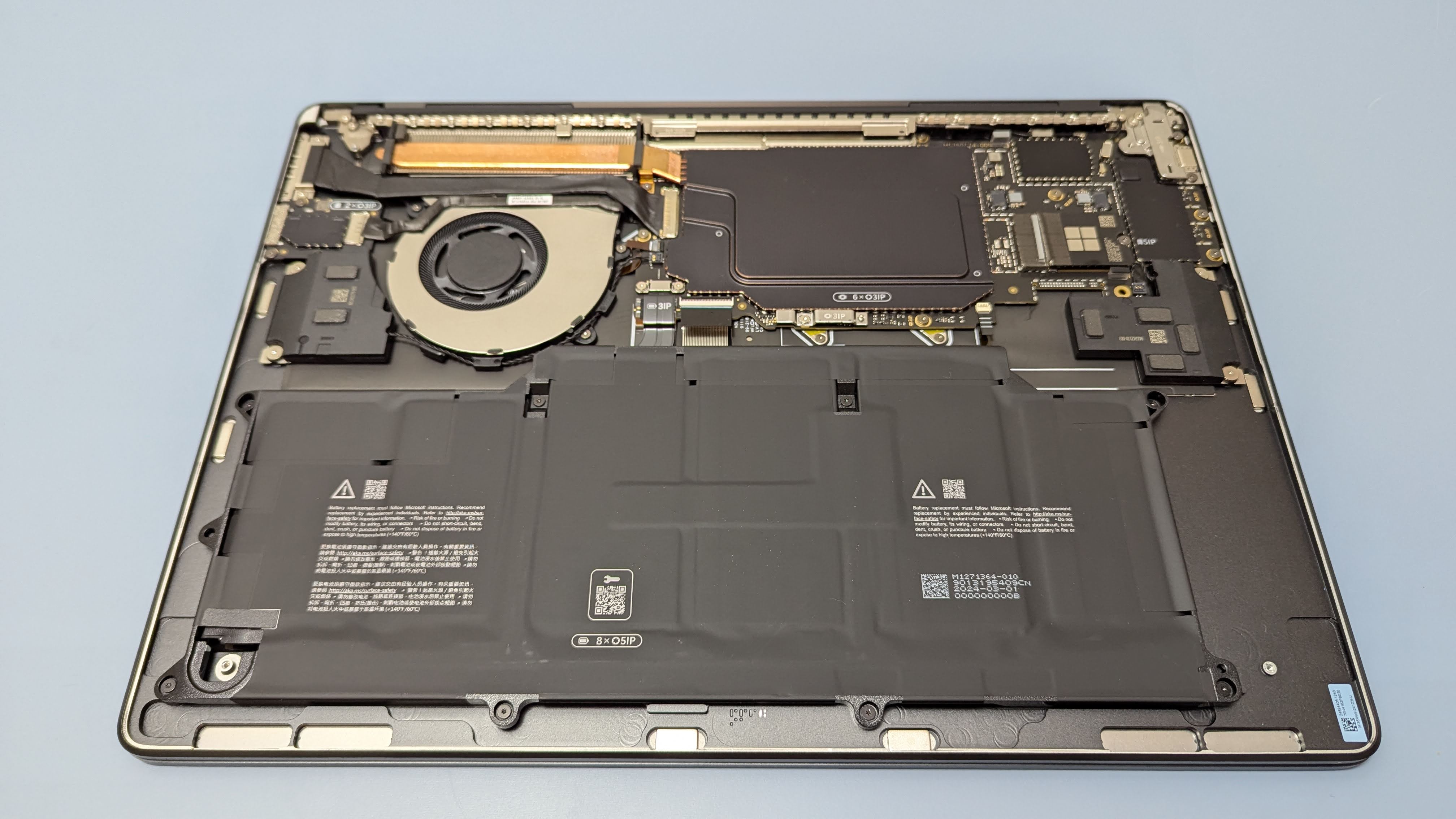
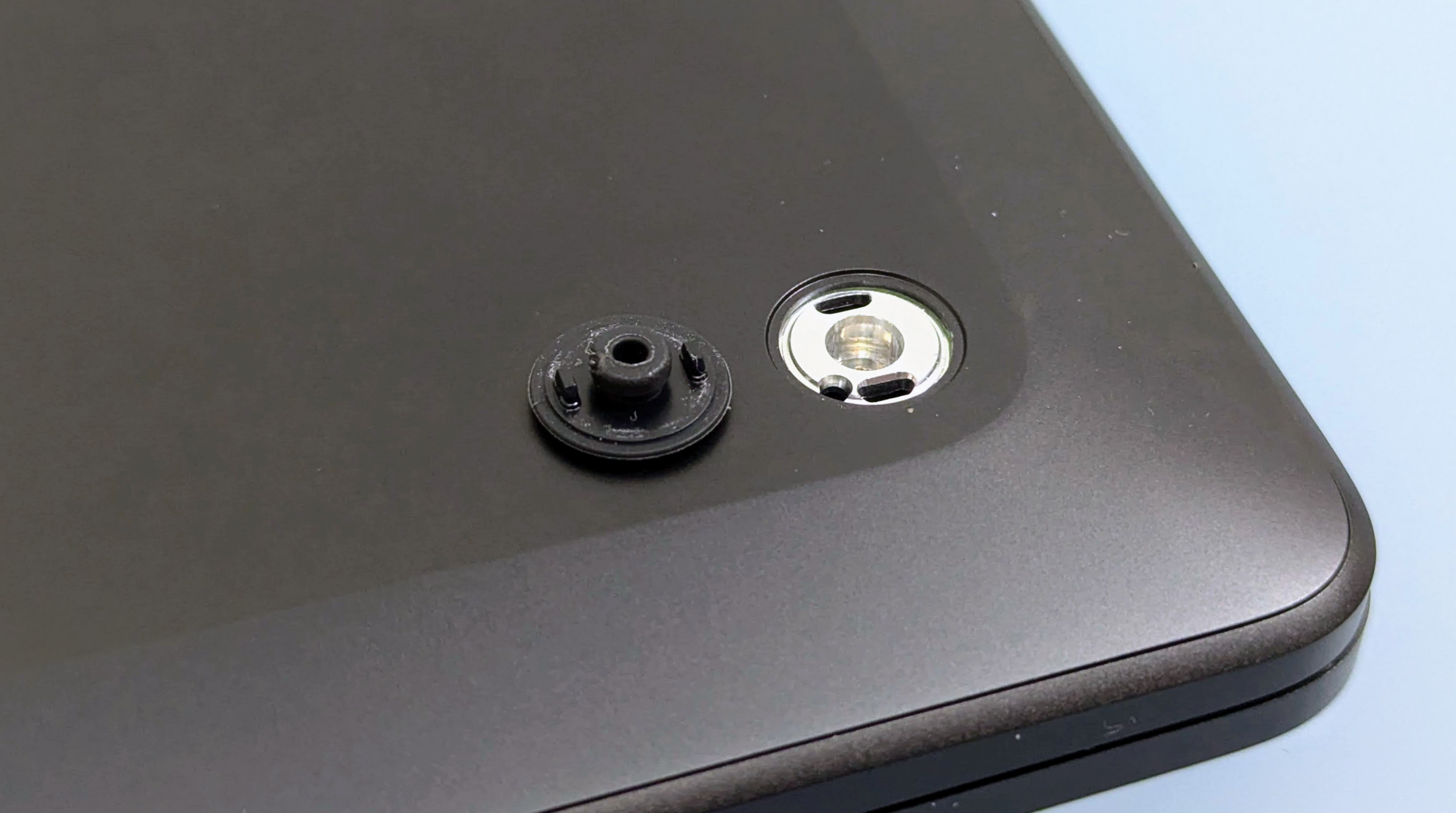
Specifications
Reasons to buy
Reasons to avoid
Windows has plenty of faults as an operating system, but it's never felt quite so nice to use as on the new Surface Laptop. It might look like a normal laptop if not for the range of colours available, but uses a premium all-metal design that (finally!) favours robust repairability over being extra slim and light.
The Surface Laptop's secret sauce is the Snapdragon X Plus and X Elite processors from Qualcomm. These new Arm CPUs match the best Apple silicon, giving excellent performance yet remaining efficient enough for true all-day battery life.
The Surface Laptop comes in two main models with either 13.8-inch or 15-inch forms. The 13.8-inch can be equipped with the slightly less powerful X Plus CPU, or the faster X Elite, whereas the 15-inch model only comes with the X Elite. Either size can have up to 32GB of RAM and a 1TB SSD. The 15-inch laptop has a 2496 x 1664 (201 PPI) display, while the 13.8-inch screen is a 2304 x 1536 (201 PPI) resolution – though both are IPS panels with a touchscreen, plus a high 400-nit brightness and excellent colour reproduction.
The Snapdragon is an Arm CPU, so some Windows software without a native version can experience a slight reduction in performance (and compatibility issues in some cases), but isn't a concern for mainstream apps. For easy tasks such as playing video, the 66Wh battery in the 15-inch Surface Laptop lasts over 25 hours. Even in heavier workloads, the laptop lasts between 10 to 15 hours on battery and easily makes it through a day of work. The 13.8-inch Surface laptop has a slightly smaller 54Wh battery but almost as long run times away from the charger.
The Surface Laptops include 2x USB 4 Type-C ports that handle video out and 65W charging, plus a single USB-A connection. We appreciate that Microsoft has also kept the magnetic Surface charging port (it does data and video output), keeping your USB-C ports free for other accessories, and letting the laptop work with older Surface docks.
The Surface Laptops are premium devices with a price tag to match, and the 13.8-inch model starts from AU$1,899 with 16GB of RAM, while the 32GB option is AU$3,399. The 15-inch model starts at AU$2,399 for 16GB RAM, and ranges up to AU$3,699 for the top spec 32GB machine.
Read the full review: Microsoft Surface Laptop 13.8-inch
The best value MacBook
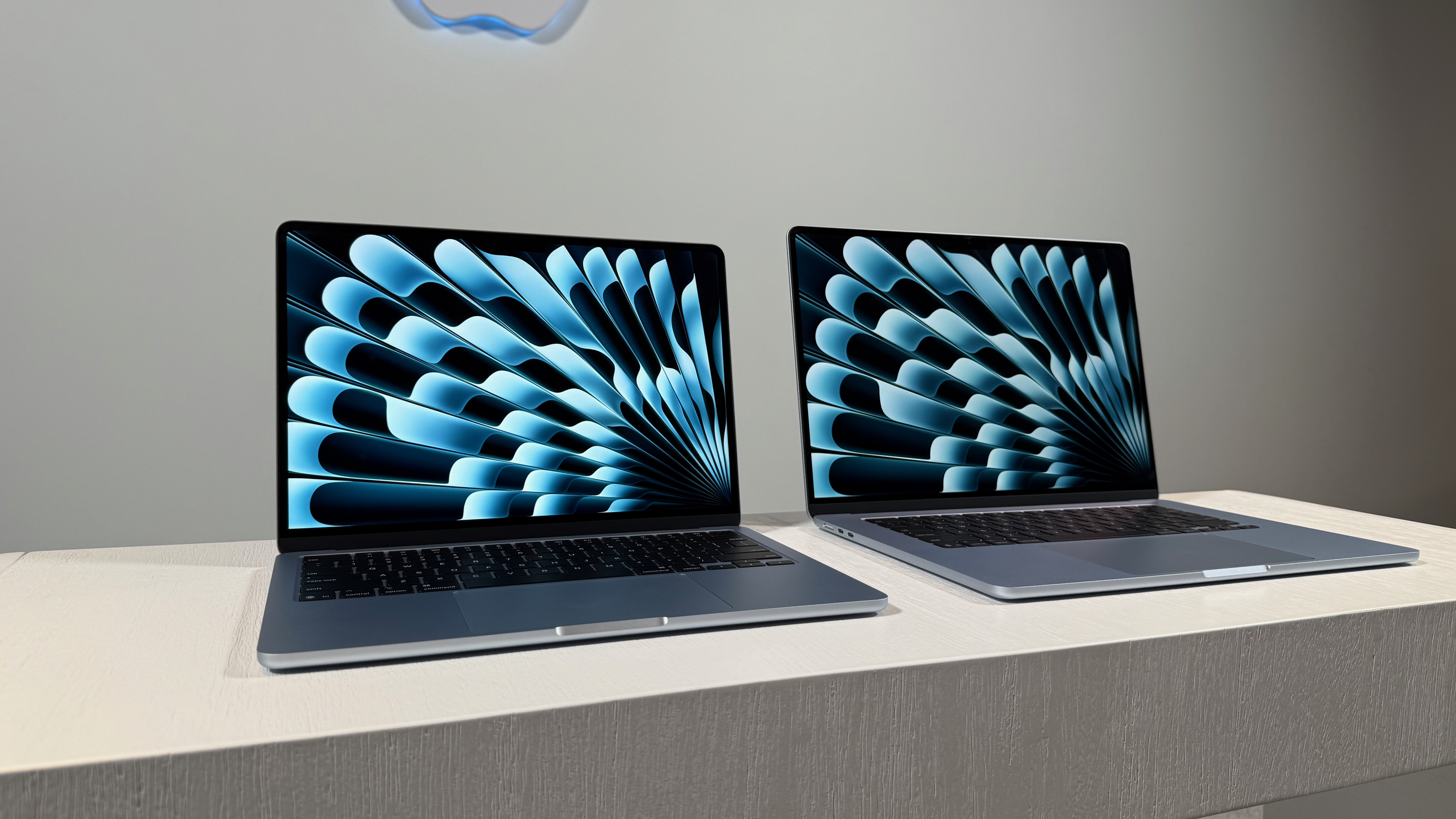
Specifications
Reasons to buy
Reasons to avoid
Not everyone wants to pledge allegiance to the Church of Apple, but even the most die‑hard PC fans have to admit the M‑series chips are seriously good. You’ll pay a bit extra for the privilege of a Mac compared to a similar (or better) spec Windows machine, plus pricing in New Zealand usually means a few more dollars than our mates across the ditch – but in return you get excellent build quality and battery life that leaves most Windows laptops sobbing quietly in the corner.
The new M4 MacBook Air looks almost exactly like the M3 version. Which is just fine with us, as Apple’s minimalistic design is both functional and looks great. Our tests showed it lasts about 14 hours on battery, and yes, it finally has dual Thunderbolt 4 ports so you can run two external monitors natively. The base model now comes with 16 GB RAM, which is a win, but it’s still a fanless design – so if you hammer it with heavy workloads for too long, performance drops.
Pricing starts at NZ$1,999, but fully kitted out with 32GB RAM and a 2TB SSD and you’re suddenly in could’ve bought a second-hand car territory.
If you don’t need the latest and greatest, the M3 model is still very, very good – and occasionally pops up with big discounts. Even the M2 is occasionally still available at bargain prices. So if you are looking to save a little cash, have a read of our M2 MacBook Air and Apple MacBook Air 13-inch (M3) reviews.
Read our full Apple MacBook Air 13-inch M4 review
The best budget gaming laptop

Specifications
Reasons to buy
Reasons to avoid
The HP Victus 15 isn’t the sleekest or most portable gaming laptop, but its durable, no-frills build is tough enough to be slung into a bag as needed.
The Victus 15 delivers where it matters most – performance. Thanks to its effective heat management, it handles multitasking with ease and runs demanding games pretty well at lower settings, making it a great option for work and entertainment alike. No surprise, but battery life is one of its weaker areas. In our tests, it lasted just over four hours, so staying plugged in is the best way to go
Still, what truly sets the Victus 15 apart is its affordability. Without the premium price tag of most Windows gaming laptops, it proves that solid gaming performance doesn’t have to come at a steep cost, making it an excellent budget-friendly choice.
Read our full HP Victus 15 review
The best creative workstation
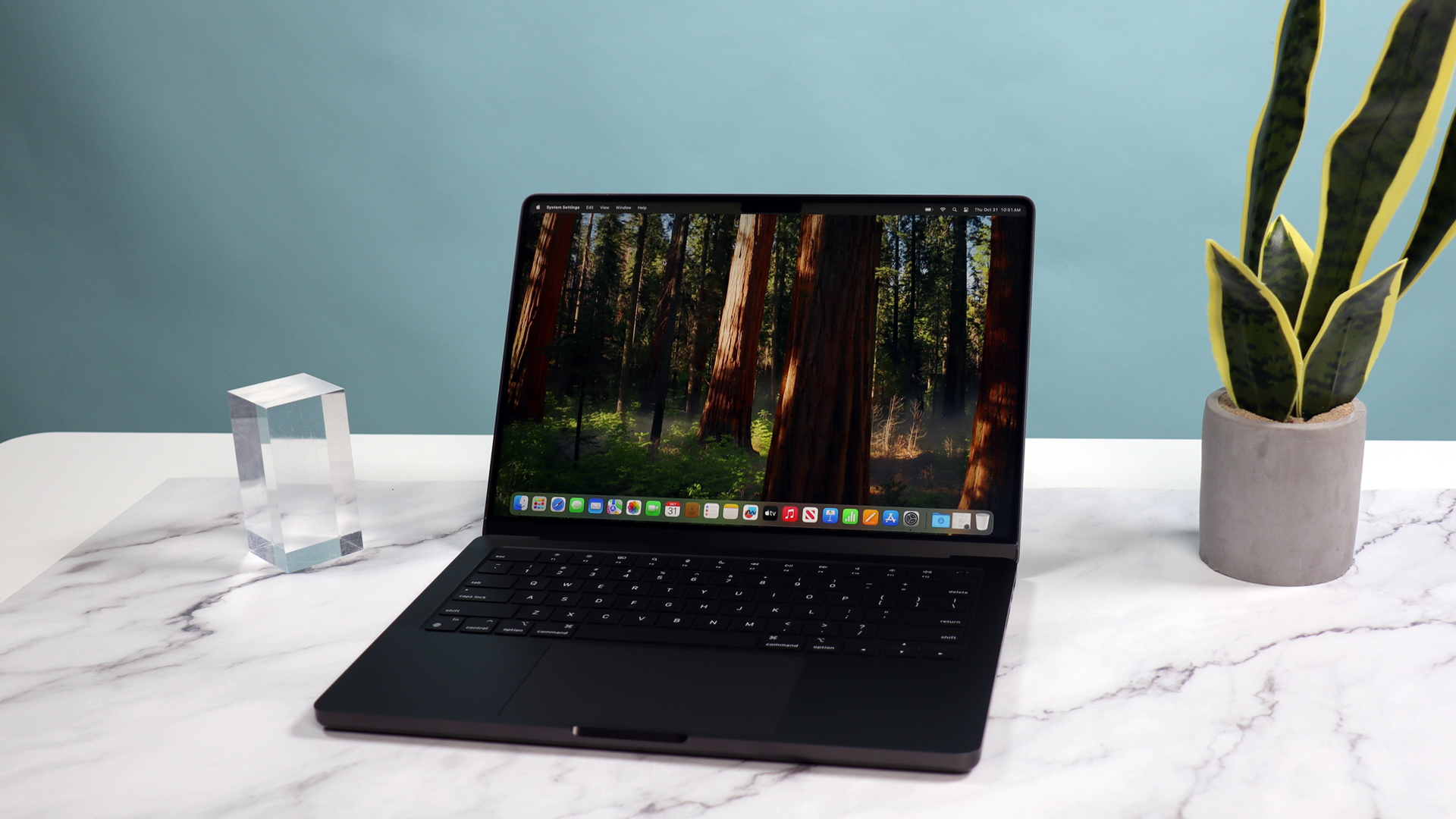
Specifications
Reasons to buy
Reasons to avoid
The latest MacBook Pro 14-inch and 16-inch models now pack Apple’s shiny new M5 CPU, as well as M4 Pro, or M4 Max processors. Performance is up compared to the older M3 Pro/Max models, but we’re talking smaller, not a night and day difference. If you can still track down last year’s model for a bargain price, it's arguably the smarter buy.
The MacBook Pro is a powerhouse machine in an ultra-portable shell, and Apple’s M-series chips delivers serious performance while sipping power compared to most Windows rivals. In other words, you can get serious work done on the go without scrambling for a charger (or one of the best power banks) halfway through the day.
The Pro has three Thunderbolt 4 ports (Thunderbolt 5 on the Max and Pro models), and external monitor support depends on the chip: the base M4/M5 model and the M4 Pro handles two displays, while the M4 Max does up to four. The Liquid Retina XDR display is as stunning as ever – wide colour gamut, 120Hz refresh, 600 nits in SDR, and up to 1,000 nits sustained (1,600 peak) in HDR mode.
If you are already deep in the Apple ecosystem, the decision here is easy. But even for new to Apple but power-hungry creatives who are often on the go but dock into a full workstation setup at home or in the office, the MacBook Pro is an appealing, if pricey, option.
Read our Apple MacBook Pro 14-inch M5 (2025) review
The best 2-in-1

5. HP OmniBook Ultra Flip 14
Specifications
Reasons to buy
Reasons to avoid
As a premium 2-in-1, the HP OmniBook Flip Ultra delivers high-end features – and a price tag to match. The good news is that discounts of 20% (or more) are fairly common, which makes it a far better deal. Even at full price, the Flip Ultra holds its own against similarly specced rivals and, for example, it will comfortably outperform the fanless MacBook Air in sustained workloads.
Its 2880 × 1800 OLED touchscreen is great for creative work or note-taking. The metal chassis and fold-over hinge make switching between laptop and tablet modes easy without sacrificing durability, while extras like a facial recognition webcam and Thunderbolt 4 ports are nice premium features to have.
The Flip Ultra features the latest Intel Ultra Series 2 CPUs and up to 32 GB of RAM and gives a decent balance of performance and efficiency. Battery life is another strength, with up to 12 hours on a single charge – easily enough for a full day of work or study.
With its mix of performance, versatility and battery life, the OmniBook Flip Ultra is a solid choice for anyone who needs a flexible touchscreen laptop. If you want something more affordable or more powerful, the HP OmniBook Ultra Laptop offers similar specs, swaps the 2-in-1 design for a traditional clamshell, and comes with the capable Ryzen AI 9 CPU.
The TechRadar review is still underway, so for now, have a read of the 4-star review from our friends over at Tom’s Hardware.
The best OLED display laptop
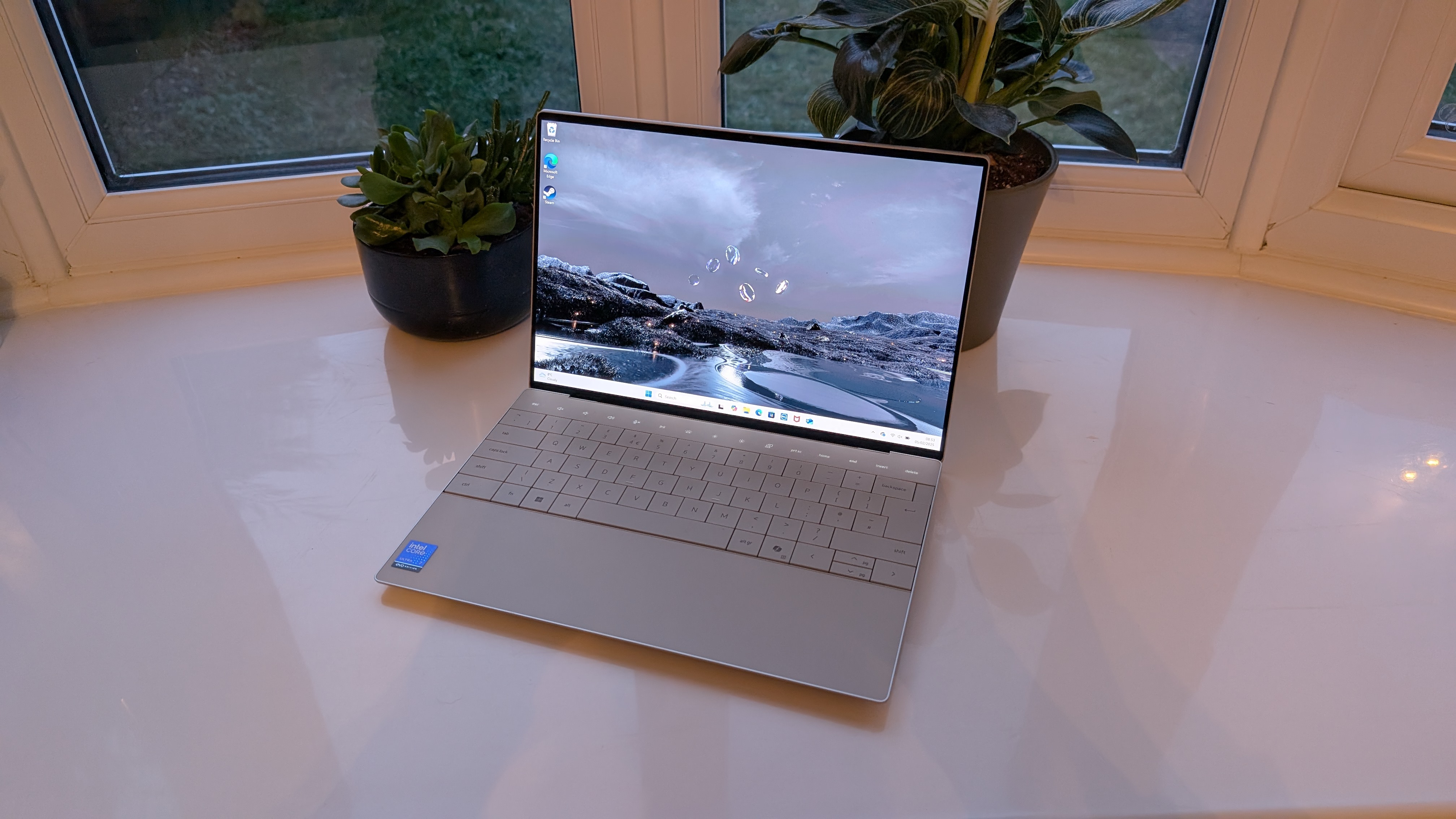
Specifications
Reasons to buy
Reasons to avoid
Dell’s XPS 13 has long been a front-runner in the ultra-premium Windows laptop space, and its latest refresh is no different. The update brings the latest Intel CPUs, an optional OLED touchscreen, a sleek glass touchpad built into the palm rest, and a minimalistic capacitive touch bar.
If you want one of the best Windows laptops you can buy, the XPS 13 is a top contender – but its premium design and spec options do mean a premium price tag.
It can be configured with up to 32GB of RAM and 2TB of storage, so will handle everything from light office work through to creative tasks. Display choices are flexible too, with the basic 1920 × 1200 non-touch panel at the affordable end, and a vibrant 2880 × 1800 OLED touchscreen in the top spec models.
Our review below is for the Intel variant but it's also worth reading our review of the Qualcomm Snapdragon powered variant.
Read the full Dell XPS 13 review
- After a different model? Compare prices on any Australian laptop at our sister site Getprice!
The best premium gaming laptop
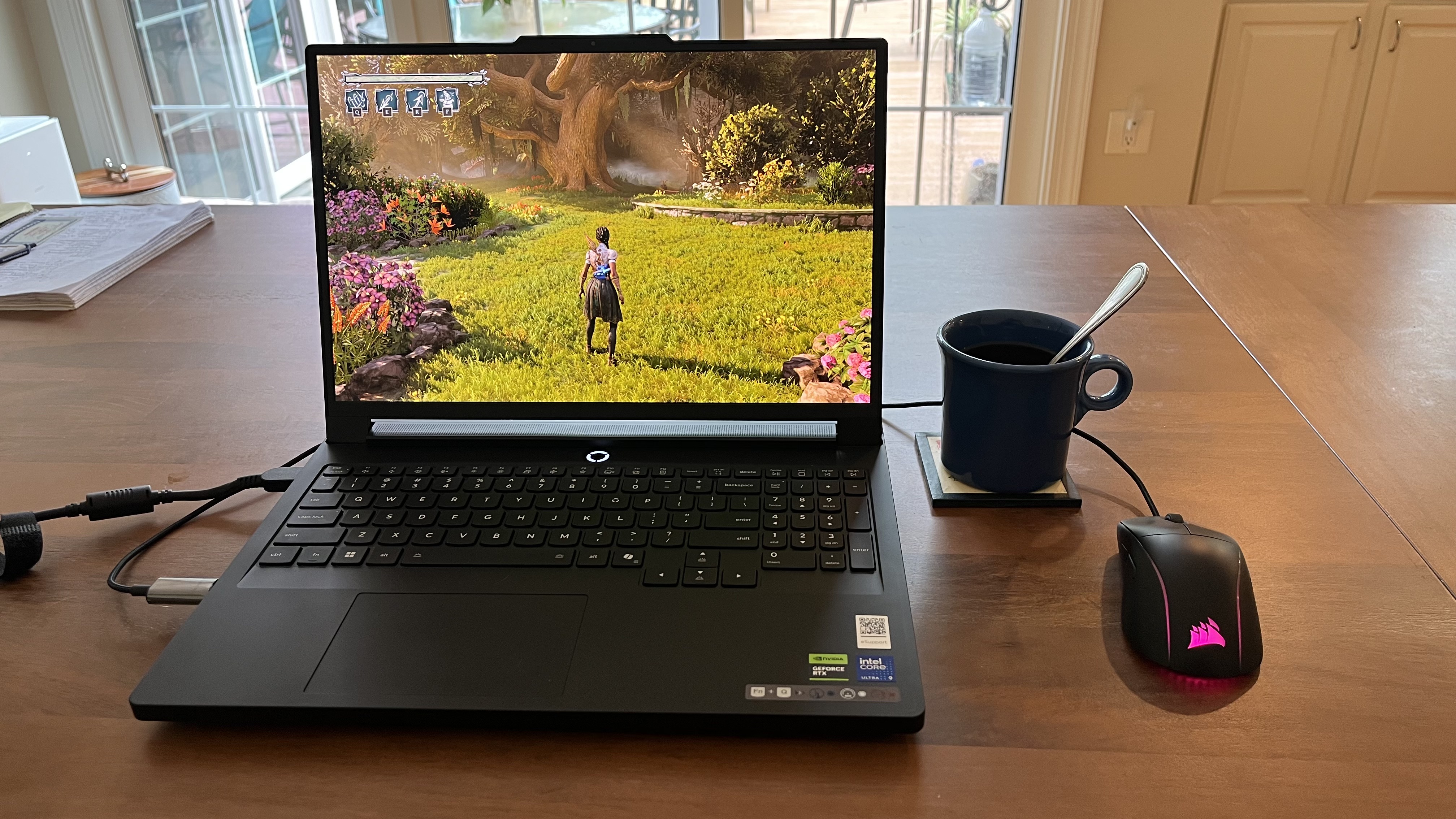
Specifications
Reasons to buy
Reasons to avoid
Dropping a big chunk of cash on a gaming laptop can be hard to justify, unless you do a lot of gaming, or it can pull double duty as a serious work machine. And that’s where the Lenovo Legion Pro 7i shines, as it is perfect for both scenarios.
Packed with high-end components, it breezes through the latest AAA titles and handles demanding creative projects like 3D modelling, video editing, and content creation without breaking a sweat. The fact it also happens to be an excellent gaming rig is just a bonus.
The 16-inch OLED display is another highlight, offering HDR support and 100% DCI-P3 colour coverage. Colours are not only bright and vibrant but accurate too – essential for colour-critical work. And when it’s time to game, that same panel makes everything look incredible, with a 240Hz refresh rate keeping fast-paced titles sharp and responsive.
Even if creative work isn’t your thing, the Legion Pro 7i delivers as a pure gaming laptop that handles modern titles with ease. Just be aware that it comes with a high price tag and battery life that’s short enough you’ll want to keep the charger close.
Does the Lenovo Legion Pro 7i sound like overkill for your needs? Consider the normal 7i, or even the Legion 5i.
Read the full Lenovo Legion Pro 7i review
The best no-frills Ultrabook
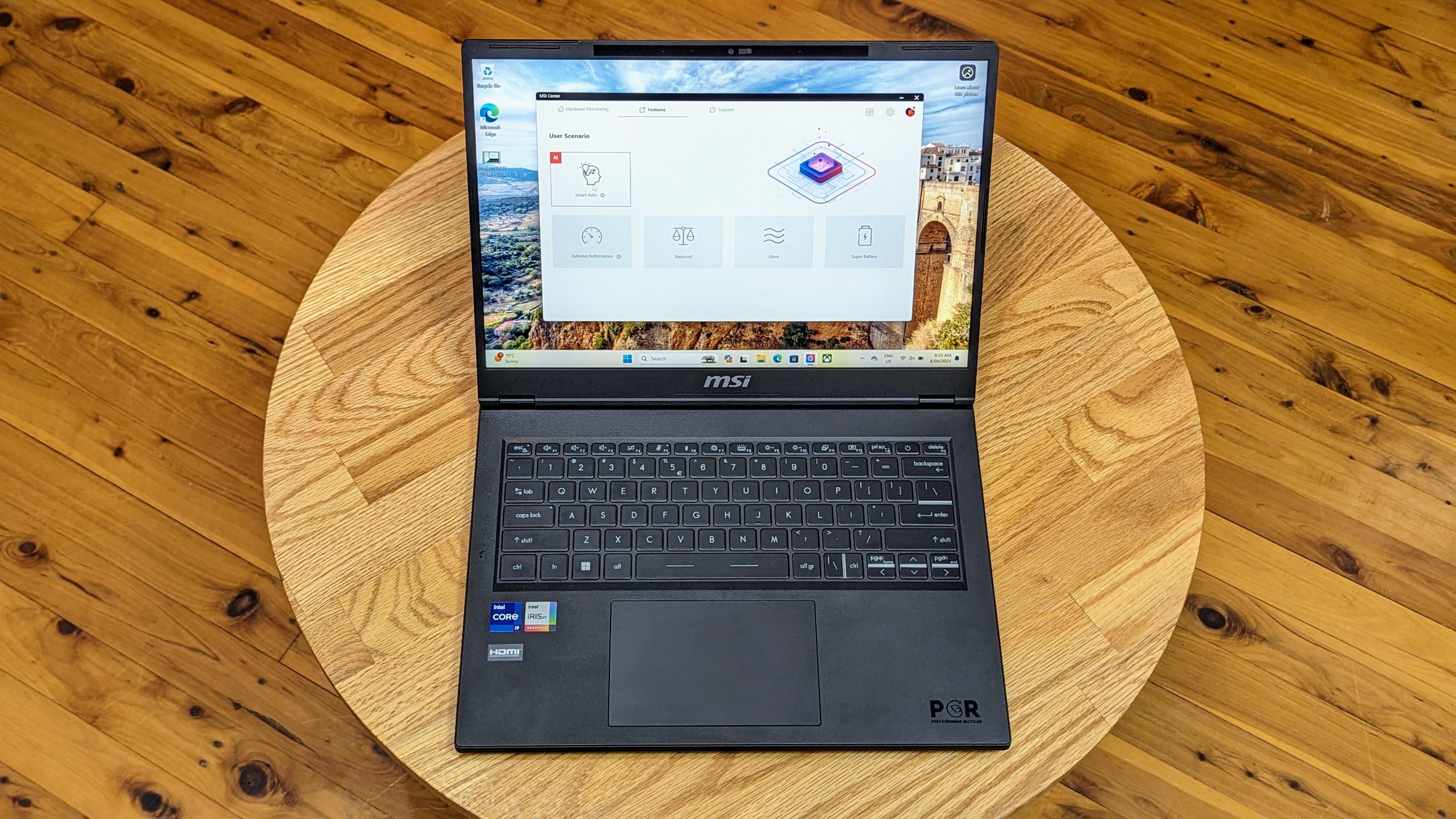
Specifications
Reasons to buy
Reasons to avoid
MSI has been making some solid laptops of late, and the Modern 14 H isn’t about to break that streak. Coming in at 1.6 kg, the Modern 14 H is still reasonably portable for a 14-inch laptop. While it uses mostly plastic for the chassis, the metal top and bottom panels give it a sturdier feel, and it's reasonably slim at just 1.9 cm thick.
There’s really only a couple of configurations available locally, with the top unit featuring an Intel Core i9-13900H CPU, 32GB of RAM and a 1TB PCIe Gen 4 SSD. This storage is quick, and while you don’t get bleeding-edge read and write numbers, it’s far ahead of older SATA drives. The 14-inch 1920 × 1200 IPS panel is clear and bright enough for everyday use, though creatives needing perfect colour accuracy will likely want an external display.
Performance is in line with what you’d expect from a high-end 13th-gen H-series CPU. That means it will comfortably handle the workflows of most business users, and even some light creative work, though heavier graphics tasks will show the limits of the integrated Intel Iris Xe GPU. You’ll get playable frame rates in older or less demanding games at low settings in 1080p.
Apart from its performance, the other main drawcard for the Modern 14 H is value – it’s priced competitively without cutting corners on the essentials. If you want something a touch bigger, there is also a very similar spec MSI Modern 15.
Read the full review: MSI Modern 14 H
The best laptop for students

9. Lenovo ThinkBook 14 Gen 7 (AMD)
Specifications
Reasons to buy
Reasons to avoid
For students who want an affordable yet durable Windows laptop, Lenovo’s ThinkBook range is worth a look. Built with business users in mind, it still offers the performance and build quality needed for school, uni, or just everyday use. One of the best-value picks is the AMD-powered ThinkBook 14, which can usually be found for under NZ$1,500. Discounts are rare, but you can sometimes score a small saving through Lenovo’s Education Store.
The AMD ThinkBook 14 comes with either a Ryzen 5 7535HS or Ryzen 7 7735HS processor, 16GB of RAM, and a 1920 × 1200 IPS display. Its 45% NTSC colour coverage rules it out for creative work, but it’s fine for productivity and general use. If you are buying one, it’s worth opting for the 60Wh battery upgrade to comfortably get through a full day on a single charge.
If you want to spend even less, the older Gen 6 ThinkBook – available with Intel or AMD processors – is also a solid option.
While we have not yet been hands on with this exact Gen 7 ThinkBook 14 model, those interested can check out our review of the similar ThinkBook 14 2-in-1, keeping in mind that it has an Intel CPU.
Can't find a ThinkBook you like? The ThinkPad is a slightly more premium (but very similar) machine – check out our Lenovo ThinkPad T14s review for more info.
Which type of laptop is best for you?
General laptops: This broader category is dedicated to devices that focus more on practicality than style, portability or power. That’s not to say they can’t be fast, but you’ll typically find a non-Ultrabook clamshell laptop with an HD screen and basic SSD storage for less than NZ$1,000.
Ultrabooks: Where you’ll find thin-and-light notebooks sporting fast SSD storage and display resolutions that exceed 1080p. Paired with powerful, albeit mobile-centric components and especially long battery life, the best Ultrabooks will cost a pretty penny – closer to NZ$1,000 to NZ$3,000.
2-in-1 laptops: Where notebooks that double as tablets are located. Outfitted with both detachable and 360-degree rotating hinges, these hybrids are the most versatile way to experience Windows 11 (or Chrome OS) on a touchscreen.
Chromebooks: Where you’ll find the best Chromebooks running Chrome OS. These do much of what Windows and macOS can in the browser, focused on cloud storage over local, while recently getting Android app support for touchscreen models. They generally cost less than NZ$700.
Gaming laptops: Need a laptop to play games (almost) just like a shiny desktop PC can? Then you’ll want one of the best gaming laptops. These machines generally cost more than NZ$1,500 and can quickly get into the NZ$5,000 range for the beastlier models.
How we tested these laptops
How we test the best laptops
We know that buying a new laptop can be a huge investment, so every laptop in this list has been extensively tested by us. When we test laptops, we use them in our day-to-day lives to see how they perform. We look at their design, including how stylish they are, or if they are thin and light enough to carry around, and how comfortable they are to work on.
When it comes to performance, we use a mix of real-world tests and synthetic benchmarks to see how powerful (or not) these laptops are. This means using Windows 11 (or Chrome OS on Chromebooks and macOS on MacBooks) and running various apps and seeing how fast they load, noting down any problems.
These days, the webcam and microphone in a laptop is also incredibly important, so we take time to test out these as well. When it comes to gaming laptops, we’ll run more benchmark tests, as well as fire up games to play test (it’s a hard job, isn’t it?).
Battery life is also important, so we’ll keep track of how long we can use the laptop without needing to charge. We also run our own battery life benchmark that plays a looped 1080p movie until the battery dies. The PCMark 10 battery life benchmark replicates real-world usage, such as web browsing and document creation. These tests give us an excellent idea of how long the batteries in these laptops last.
We then take everything we’ve learned about the laptop and compare it to its price, to see if it offers the best value to customers.
Thinking of insuring your laptop?
While your laptop's portable nature increases its convenience and flexibility, it also means it's at greater risk of becoming lost, damaged or stolen. In Australia, you can often protect against those scenarios (even outside the home) by adding 'personal effects' insurance to your contents insurance. To find out more, check out our sister site Mozo and compare contents insurance offers.
Sign up for breaking news, reviews, opinion, top tech deals, and more.

Lindsay is an Australian tech journalist who loves nothing more than rigorous product testing and benchmarking. He is especially passionate about portable computing, doing deep dives into the USB-C specification or getting hands on with energy storage, from power banks to off grid systems. In his spare time Lindsay is usually found tinkering with an endless array of projects or exploring the many waterways around Sydney.
